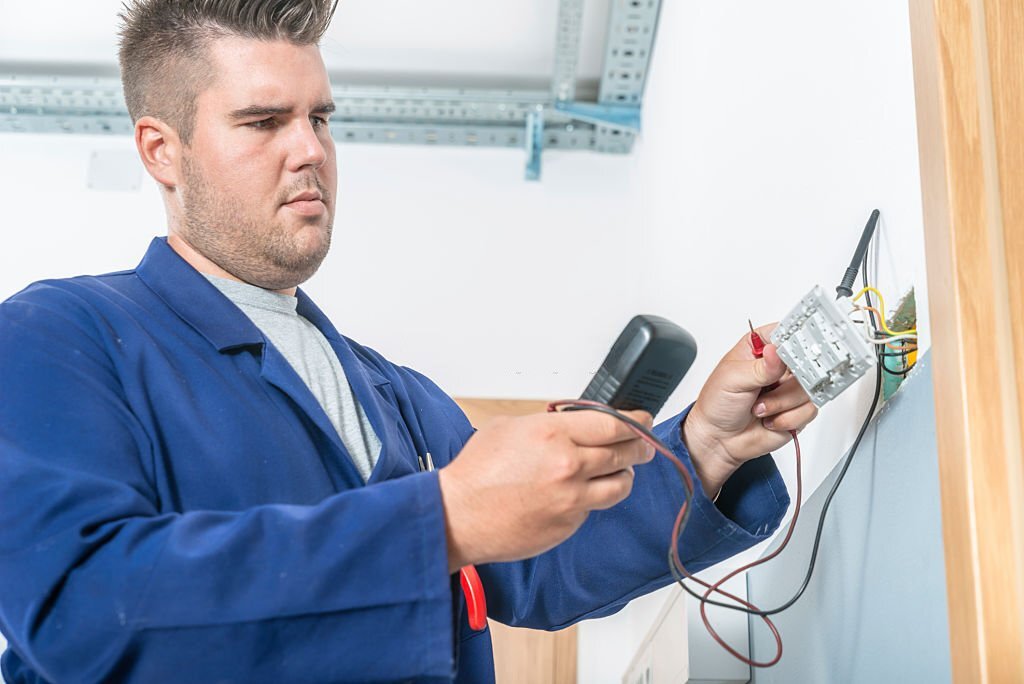Testing and tagging are crucial in preventing accidents, especially in the workplace. This process involves regular inspection, testing, and tagging of electrical equipment to ensure its safety and compliance with relevant standards and regulations. Identifying and addressing potential hazards, testing, and tagging can significantly reduce the risk of accidents and injuries.

One of the primary reasons why testing and tagging is essential is to prevent electrical accidents. Electrical equipment, if not properly maintained, can pose a serious threat to the safety of individuals. Faulty wiring, damaged plugs, and frayed cords can lead to electrical shocks, burns, or even fires. Regular testing and tagging help identify these issues early on, allowing for timely repairs or replacements and thus preventing accidents.
Another important factor to consider is compliance with legal requirements. In many countries, strict regulations and standards are in place to ensure electrical safety. Employers are legally obligated to provide a safe working environment for their employees, including regularly testing and tagging electrical equipment. Failure to comply with these regulations can result in penalties, fines, or even legal action in case of accidents. Therefore, testing and tagging prevent accidents and help organizations meet their legal obligations.
Furthermore, testing and tagging can help identify potential hazards that may not be immediately visible. Some electrical faults may not be apparent to the naked eye, but they can still pose a significant risk. For example, a power surge caused by faulty equipment can damage other devices connected to the same circuit, potentially leading to electrical fires or equipment failure. Regular testing and tagging can detect these hidden issues and allow for prompt repairs or replacements, preventing accidents and minimizing downtime.
Moreover, testing and tagging also promote a culture of safety in the workplace. When employees see that their organization takes electrical safety seriously and invests in regular inspections, it creates an awareness and understanding of the importance of maintaining safe working conditions. This awareness can extend beyond electrical equipment to other aspects of workplace safety, fostering a proactive approach to accident prevention.
In addition to preventing accidents, testing and tagging can benefit organizations financially. Regular inspections and maintenance can prolong the lifespan of electrical equipment, reducing the need for frequent replacements. It can also minimize the risk of equipment failure, which can be costly in repairs, lost productivity, and potential liabilities. By investing in testing and tagging, organizations can save money in the long run while ensuring the safety of their employees.
In conclusion, the role of testing and tagging in preventing accidents cannot be overstated. It helps identify potential electrical hazards, ensures compliance with legal requirements, promotes a safety culture, and financially benefits organizations. Regular electrical equipment testing and tagging are essential to maintain a safe working environment and reduce the risk of accidents and injuries. By prioritizing electrical safety, organizations can protect their employees, avoid legal repercussions, and create a culture of safety that extends beyond the workplace.